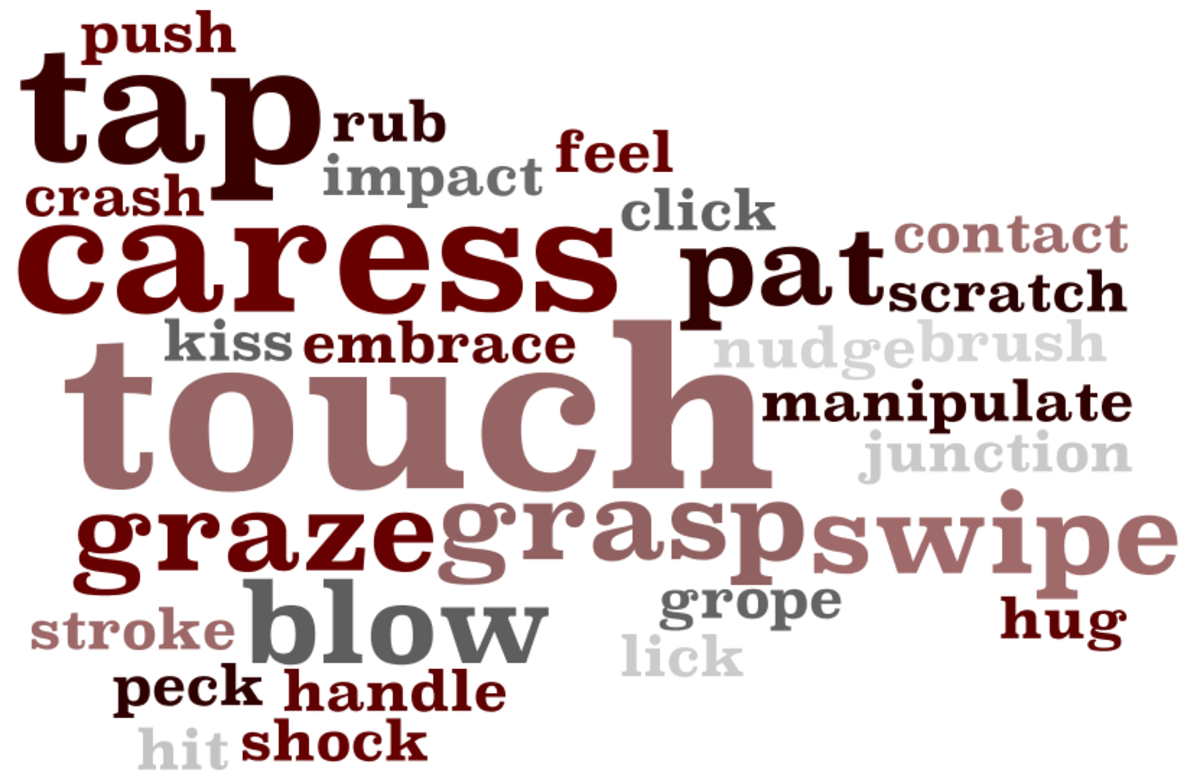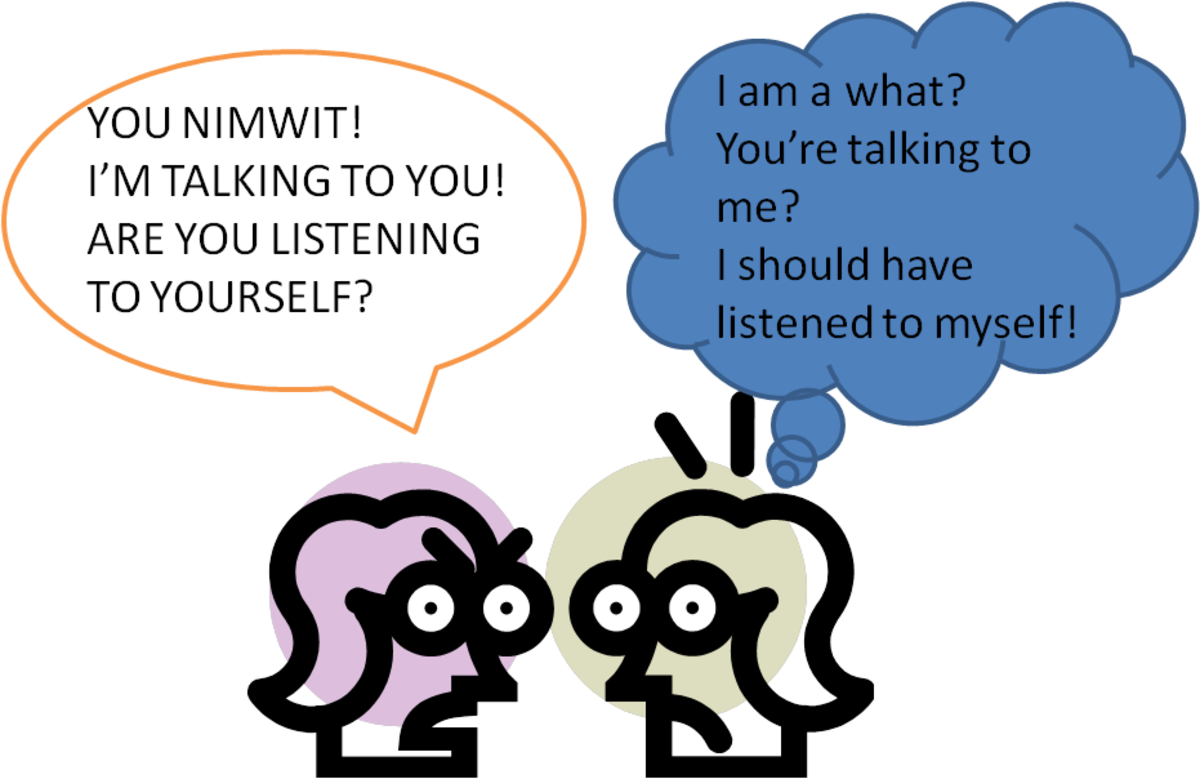Spanish Lesson Seventy-Six: Reflexive Verbs (Extended)

Welcome to Tuesday!
Hey Friends. I was just discussing earlier how the holidays kinda throw the whole week out of whack. Anyway, that is the reason for our Spanish lesson to grace Tuesday instead of Monday. Yesterday Was President's Day and I read some articles about some strange things involving our presidents. Did you know a seance has been performed in the White House? What are the chances of that happening in anyone's house? Yeah... I know random.
So apparently,last week, we discussed the Future Perfect. I think it went fairly well. It prompted us to review Reflexive Verbs. So this lesson is the full review of Reflexive Verbs and how they work. Let's Review!

Objectives
- Review usage of Reflexive Verbs
- Review Reflexive Pronouns
- Understand the placement of Reflexive Pronouns in complex sentences
Do You Remember How To Conjugate Reflexive Verbs?
Reflexive Verbs... Again
Yes!
I told you a while back that I would review them for everyone. Reflexive Verbs have been one of those things that confuse the masses. It's not really all that hard. It requires some shifting around and some proper placement. That's about it. You'll have to use your best memory to put Reflexive Pronouns in their right place.
Remember: Reflexive verbs have an "-Se" at the end of them. That's how you know the verb is Reflexive. Reflexive indicates a situation in which the subject and object of the sentence are the same. Think of sentences like...
I wash myself
He bathes himself

English Word
| Spanish Equiv
|
|---|---|
The Rest/Others
| Demás
|
To Pass/To Spend Time
| Pasar
|
Anew/Again
| Nuevamente
|
Brief/Short
| Breve
|
To Feign/To Pretend
| Fingir
|
Previously
| Previamente
|
Distant/Far-Off
| Lejano(a)
|
To Get Dirty
| Ensuciar
|
Game
| El Juego
|
Foreign/Alien
| Extranjero
|
Heavy/Tiresome
| Pesado(a)
|
To Overcome/To Defeat
| Vencer
|
Principle
| El Principio
|
Lost
| Perdido
|
Hey Friends!
Today's vocabulary consists of my words of the day from SpanishDict. It's provided me with a plethora of words I hadn't known before. There are quite a few that I've seen before, but I've been learning Spanish for almost ten years now. It's funny that I even see new words from time to time.
Anyway, I highly recommend signing up for these services. It'll pave the way for more understanding of everyday vocabulary.Just get signed up... somewhere. I promise you won't regret those daily emails!
Oh! Also you can review some of my previous lessons if you want to review some vocabulary based off a theme. I've done Money and Currency, Food and Dining, Seasons, etc. Sometimes these things don't stick the first few times. It's natural when you're learning a language bit by bit. We would all be fluent by now if we were immersed.
Reflexive Pronouns
Yo
| Tú
| Él/Ella/Usted
| Nosotros
| Ellos/Ellas/Ustedes
|
|---|---|---|---|---|
Me
| Te
| Se
| Nos
| Se
|
- Drop the "-se" and conjugate the verb accordingly
- Change the Reflexive Pronoun to reflect the subject and place it before the newly conjugated verb
- Reflexive Verbs MUST have a Reflexive Pronoun to be Reflexive
Using Reflexive Verbs
Hey everyone!
Welcome to to this week's review of Reflexive Verbs. I'm going to reiterate some old facts and then add on from where we last left off with the compound tenses we've been learning recently. So be patient if the information I provide is reiteration. We could all use a little review. If you'd rather not read my new material, check out Lesson Twenty-Four for a review you can do on your own time.
Now. If you remember correctly, Reflexive Verbs are a type of verb that creates a subject and an object simultaneously. These verbs are usually things one does to oneself. Getting dressed, getting up. combing hair, etc. Think about things that you do to yourself and you'll know. Also you can look for the "-se" at the end of the verb that indicates that it is reflexive. Let's use the reflexive verb, Llamarse.
So yeah, llamar means to call, and llamarse means to be called. See the difference? The "-se" at the end of the sentence. What you're going to do is conjugate the verb according to its regular conjugation. So that would be. LLamo, Llamas, Llama, Llamamos, and Llaman. Right. So... what about the "se" at the end? You have to do something with it.
Remove the "-se" and replace it with a Reflexive Pronoun. Those are listed above in the chart.
Me llamo (I call myself)
Te llamas (You call yourself)
Se llama (He/She/You call yourself)
Nos llamamos (We call ourselves)
Se llaman (They call themselves)
Easy right? Make sure that Reflexive Pronoun reflects the subject in the sentence. Let's look at a sentence.
Me llamo Aubrey. I call myself Aubrey. Easy right? Llamarse is commonly used to refer to one's name.Same subject, same object. Get it? If you are using the verb in another tense other than the Present Indicative, just conjugate the "llamar" section of the verb accordingly. The Reflexive Pronoun is the same throughout!
With Other Pronouns
Tú te llamas Bert. You call yourself Bert. Pronouns precede Reflexive Pronouns. Remember that.
With Two Verbs
Juan necesita lavarse el pelo. Juan needs to wash his hair. Even though I didn't use a word to say "his", Reflexive verb refers back to the subject every time. Note that the verb is unconjugated when against another conjugated verb. You can also remove the "se" and place it before the conjugated verb. Make sure you make the Reflexive Pronoun reflect the subject!
With Prepositions
Antes de Juan lavarse, podemos comer. Before Juan washes himself, we can eat. This is an awkward sentence, but it does make the point I need to make. The verb lavarse will remain itself because "-se" reflects Juan. If it's myself, the verb will become lavarme. In this particular instance, attach the Reflexive Pronoun versus separating it from the actual verb.
With Indirect Object Pronouns
Te me perdiste las llaves. You lost my keys. As strange as this looks, it's correct. Te is the Reflexive pronoun that precedes the indirect object pronoun and the remainder of the reflexive verb.. Me, Te, Le, Nos, Les. Me refers to "yo".
With Direct Object Pronouns
Te las perdiste. You lost them. The D.O.P comes right before the conjugate verb. The Reflexive pronoun always precedes the D.O.P.
With Both Indirect and Direct Object Pronouns
Te me las perdiste las llaves. You lost (them) my keys. I don't know how common this structure is, but I want to show you that the Reflexive Pronoun comes before all else. The D.O.P. comes before the Conjugated verb and ALWAYS after the I.O.P. This is the order in which things should be. Yes... it's complicated, but just in case you see it.
With Past Participles
Te has lavado los manos. You have washed your hands. When dealing with participles... the reflexive part of the verb still exists. In fact, you'll have to place it before the conjugated form of "haber". After the conjugated "haber", placed the participle of the reflexive verb to complete the thought. "Los" becomes "your" in this case because of the verb being reflexive.
OMGosh! That was a lot of stuff, right? Well... I'll have to end this lesson today. These are the things I wanted you to know. So if I see anything else, I'll let you know.
Oh! On February 24th, we'll discuss Making Comparisons. Come on back for that lesson!
- Reflexive Verbs: Part Two
Spanish grammar. Discussion: reflexive verbs part two. - http://www.youtube.com/watch?v=fsQljXfAakU
This video will explain how to conjugate reflexive verbs in Spanish. I will also give you a chance to practice. senorbelles.com twitter.com/senorbelles faceb... - Reflexive Verbs With an Indirect Object - Question About Spanish Grammar
A Spanish sentence such as 'Se me olvidó el tomate' can be confusing to understand at first, because they are structured so differently than anything they say in English. What is happening here is that a reflexive verb is being used with an indirect
© 2014 AE Williams








